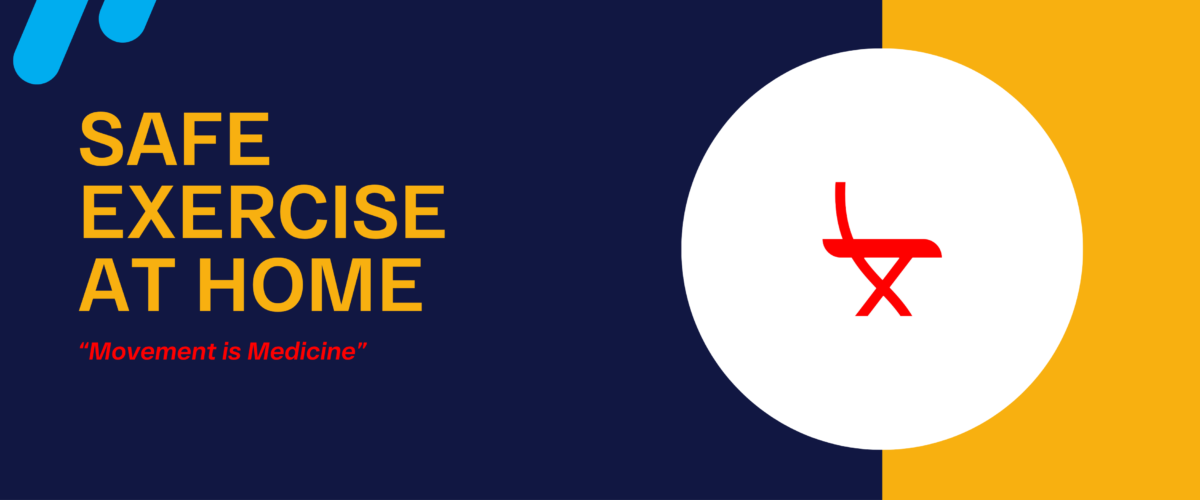Staying Active with Chronic Musculoskeletal Pain
August 7, 2025 by Musculoskeletal Health Australia

Exercising when living with chronic musculoskeletal pain can be challenging especially when you’re unsure which movements are safe or effective. Musculoskeletal conditions often cause pain, stiffness, and inflammation in the joints and muscles, making physical activity feel overwhelming. However, regular exercise can help to ease these symptoms, improve mobility, build strength, and support overall wellbeing. A good saying is…MOVEMENT IS MEDICINE!
The key is to find the right type and level of exercise for your individual needs. It’s always best to work with your doctor, physiotherapist, or fitness professional to create a tailored program that suits your condition and goals.
A Daily Dose of Movement
Aim to incorporate some form of movement into your day, consistency is important, even low intensity movement is good…every little bit helps! The most beneficial routines tend to include a mix of:
- Flexibility exercises: Stretching and range-of-motion activities help maintain or restore flexibility in your joints and muscles, reducing stiffness and keeping your body moving more freely.
- Strength training: Building muscle strength supports your joints, enhances bone health, and improves your ability to carry out everyday tasks.
- Aerobic fitness: Activities like walking, swimming, or cycling get your heart rate up, improving cardiovascular health, increasing endurance, supporting weight management, and lowering your risk of other chronic conditions like diabetes.
The most important factor? Choose activities you enjoy. Whether it’s walking with a friend, joining a group class, or trying something new (like chair-based exercise), enjoyment boosts motivation and helps you stick with it.
Gentle Exercise Options
If high-impact activity feels out of reach, there are still plenty of ways to stay active:
- Low-impact aerobic activities – such as cycling, walking, and swimming
- Tai chi – gentle, flowing movements that promote balance and flexibility
- Chair-based exercises – a highly accessible and adaptable option
Why try Chair-Based Exercise?
Chair exercises are ideal for people with limited mobility or those who struggle with balance. They allow you to strengthen muscles, improve flexibility, and boost circulation all while staying seated or using a chair for support. You don’t need any special equipment or a large space, making them a great option at home, at work, or wherever you feel comfortable.
These exercises are inclusive and easily adaptable. You can adjust the intensity, duration, and frequency to suit your needs, and target different parts of the body. Chair workouts can even be combined with elements of yoga, Pilates, or Zumba for added variety and enjoyment.
Get Started Today
Visit the MHA, World’s Biggest Sit In, website to explore our collection of chair-based exercise videos designed for all fitness levels. Remember to listen to your body, go at your own pace, and avoid pushing beyond your limits. Your safety and wellbeing are always the top priority.








